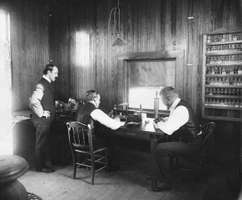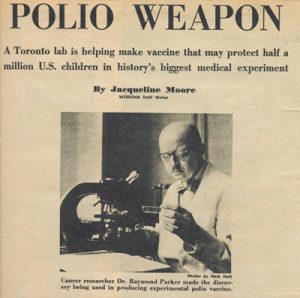From long before the invention of the wheel to long after the colonization of Mars and interstellar journeys, the quest for innovation was, is, and will always be part of who we are as humans. It is in our genes to keep searching, finding, inventing, questioning and reinventing ourselves.
All you have to do is look at children playing. How many times have we heard: "Now we're going to say that..." and it all started. The stick to which a piece of cloth is attached becomes a rallying flag, the cardboard box becomes a ship proudly facing the breaking waves of an angry ocean... and all of this takes place in a playroom that, in the midst of an adventure, becomes a desert island where a magnificent treasure is hidden.
It is in this imagination that ideas originate, that the "And why not... " sprouts in a creator's mind.
To discover what Canadians have invented throughout history, we offer you a long format divided into different chapters, starting with what defines this country, winter.
WINTER
Winter is an integral part of Canada. From the first natives, through the colonists, to the current inhabitants of the country, we all had to learn to adapt to the particular climate of these northern territories.
All kinds of objects, both basic and high-tech, have been developed in Canada to cope with the cold, the ice and the snow that characterize the country for six long months every year. Click on the arrows to learn more about these inventions:
“Opening roads in winter, removing snow, clearing snow, it’s really part of what makes our culture so brilliant.” Serge Bouchard, anthropologist and radio broadcaster
In Canada, when there’s 10 centimeters of snow, they take out the shovels. At 15 centimeters, they do the same. But when that snow comes back every four or five days or falls in large quantities in a few hours, they strike back!
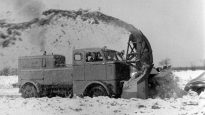
The origin of snowshoes
Their origin is not precisely known, although historians believe they were invented from 4,000 to 6,000 years ago.
However, the most advanced and diverse snowshoes prior to the 20th century were developed by Native Americans. The traditional webbed snowshoe design was used by the tribes of the American Northeast such as the Huron and Algonquin.

The shape and length of the snowshoes varied greatly from tribe to tribe, with almost round snowshoes in the Far North and longer, narrower snowshoes in the southern tribes.
The French voyageurs and coureurs des bois were the first European settlers to use snowshoes to travel, trap animals and trade goods. According to The Oxford English Dictionary, the term was used by the English as early as 1674. It was after losing in battle against the Franco-Amerindian armies that the British began to use this tool.
As for the transition from winter survival and transportation to sport or leisure, it took nearly 250 years for this object to catch the attention of a group of local winter enthusiasts.
This was the beginning of snowshoeing clubs.
The first club to be created was the Montreal Snowshoe Club, founded in 1840 by English-speaking Canadians.

Three years later, this club organized annual races at the old racecourse on the Saint-Pierre River, now located in the city of Verdun, near Montreal.
Today, Canadian families still practice this sport in the mountains.
Joseph-Armand Bombardier considered the Canadian winter to be “the greatest of challenges”. He made it his own. As such, he is certainly one of Canada’s great figures.
Joseph-Armand Bombardier was a shy and determined mechanic who dreamed of building a vehicle that could “float on the snow”. In 1937, the first snowmobile left its small repair shop in Valcourt, Quebec, and a legendary company was born. Over the years, Bombardier has continued to perfect his dream and realized that Canadians who were about to spend the winter were eager to accompany them on this journey. Bombardier has changed the way we travel on snow and has created a true Canadian giant.
We leave you with a video produced by the Canadian Broadcasting Corporation, the English network of Radio-Canada, that explains Bombardier’s heritage and its snowmobile, the Ski-Doo, in Canada:
“By his intransigence in wanting his family to remain in control of the company he founded, but also by the ability he had to set up a highly profitable company capable of competing in new markets, we can say, in a way, that if Joseph-Armand Bombardier was one of the precursors of Quebec Inc. he also was somehow one of its inspirations.”
Jacques Nantel, Professor Emeritus, HEC Montréal
COMMUNICATIONS
Canada has always been at the forefront in terms of communications. Think of the first voice transmission, the very beginning of radio or the world' s first definitive telephone tests in Brantford, Ontario, in 1876. Both were carried out by Canadians.
In the following tabs, you will discover various aspects of Canadian contributions to the world of communications:
Reginald Fessenden did not only want to limit himself to sending Morse code messages, he wanted, as he himself said: “to make the radio talk”.
When we say radio, we usually think of Guglielmo Marconi. This Italian inventor, born in Bologna in 1874 and who died in Rome in 1937, is considered worldwide to be the father of radio and wireless telegraphy.
Founder of the very first international broadcasting company, he was awarded the Nobel Prize in Physics in 1909, together with the German Ferdinand Braun “in recognition of their contributions to the development of the TSF (Wireless communication)“.
Fessenden did not receive a Nobel Prize, but he made the radio “talk”.
Reginald Aubrey Fessenden was born in 1866 in Milton East, Brome County, Quebec.
It was while living in the United States, a breeding ground for scientific research and innovation, that he designed a system for transmitting speech through airwaves. At the same time, Marconi was making world headlines with his experiences in Great Britain.
A man of outspokenness and strong ideas, Fessenden considers that Marconi is on the wrong track when he assimilates radio transmission to the whiplash effect. Electromagnetic waves would be produced by electrical sparks strong enough to transmit pulses through the air. But between the sparks, there would be nothing.
Instead, Fessenden believes that radio waves are “continuous”, like the light projected by the flame of a candle.
If it is the case, then speech can be transmitted through these waves.
Cobb Island December 23, 1900
The U.S. Department of Agriculture offered to test his idea at his weather station on Cobb Island, a small island in the Potomac, near Washington, D.C.
On the 23rd of December 1900, he carried out the historical experiment: the first wireless transmission of the human voice, even though it was over the short distance of one mile.
“One, two, three, four. Is it snowing where you are, Mr. Thiessen? If it is, telegraph back and let me know.”
The world changed with a mic check and a question about the weather.
Fuelled by his success, Fessenden left the Department of Agriculture in 1903 to team up with two Pittsburgh financiers to create the National Electric Signalling Company (NESCO).
They encouraged fruit shipping companies to buy wireless telegraphs to keep in contact with their boats via Morse code. Marconi beat him to the first one-way wireless telegraph transmission across the Atlantic Ocean, but Fessenden’s team sent the first two-way signals across the ocean in January 1906.
Like the telephone, which uses the principle of current variations, Fessenden is convinced that this applies to voice transmission, and therefore to radio. To do this, all he had to do was connect a phone to the antenna. The result will be a radio frequency whose amplitude will vary according to an audio frequency. With his experiment, Fessenden invented the principle of amplitude modulation (AM).
And on Christmas Eve of the same year, Reginald Fessenden broadcast the world’s first radio show. For the first time in history, a voice comes over the air: Reginald Fessenden introducing a recording of Handel’s Largo, a Bible reading and a little fiddle music.
Fessenden brought us AM radio but also the sonar technology for boats to detect obstacles and hundreds of other inventions. Under a cloud of patent fights and more famous inventors though, he never got widespread recognition.
We are all hooked up to our mobile phones these days, but the good old phone still has this accessory called a handset.
We owe this invention to a watchmaker in Quebec City. Cyrille Duquette had the idea of combining the transmitter and receiver of a telephone into a single unit, one at one end of the unit, the other, of course, at the other end. He even established one of the first telephone lines in the world in 1878, from his store to a nearby university.
“735 kV” does that mean anything to you? – This international standard for long-distance electricity transmission was invented here in Quebec.
In 1965, the world’s first 735,000 volt line was commissioned to connect the Manic-Outardes complex’s power plants with the urban areas of Quebec City and Montreal. This technology, invented by Quebec engineer Jean-Jacques Archambault, has made possible the development of hydroelectric resources in northwest and northeast Quebec.
For a few years now, the Université de Sherbrooke has been offering the Jean-Jacques Archambault scholarship to fourth-year engineering students specializing in electrical energy.
AVIATION
World War II triggered a major technological development and pushed the Canadian aviation industry to the forefront of aircraft manufacturing. Today, aviation is an integral part of the Canadian economy and innovations continue to thrive.
Two names come to mind when we talk about Canadian aviation discoveries: the famous Canadair water bombers and the notorious Avro Arrow. Click here for more:
 Arrow was a much-anticipated, years-long aviation dream that would have brought Canadian aviation into the supersonic age.
Arrow was a much-anticipated, years-long aviation dream that would have brought Canadian aviation into the supersonic age.
Just before 10 a.m. on March 25, 1958, Arrow RL-201 roared into the skies northwest of Toronto for its first test flight.
The Arrow One, Canada’s first supersonic fighter plane was finally ready to fly, after years of planning, work by thousands of people, $200 million and 17,000 blueprints.
But less than a year later, on February 20, 1959, the dream suddenly faded away.
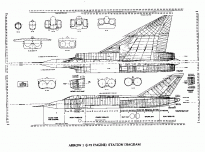
On that day, Prime Minister John Diefenbaker cancelled Canada’s most ambitious aviation project: the CF-105 Avro Arrow.
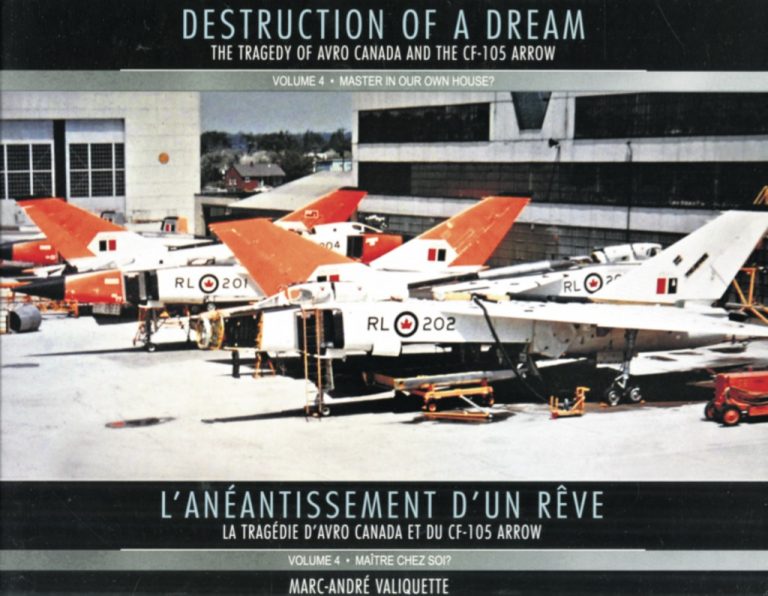

Canadair originally was an independent company in the field of civil and military aircraft construction before moving from hand to hand. A subsidiary of other aircraft manufacturers, then a nationalized company until its privatization in 1986, it became the core of Bombardier Aerospace (Learjet, C Series, Challenger, CRJ Series, QSeries).
The unique amphibious aircraft is designed to fight forest fires with water bombing and specially formulated fire retardants, a coloured (red) product that coats the vegetation with a fireproof film.
In bad weather (high ambient temperature, wind speed above 20 knots, soil water content below 30 millimetres), very often present in the summer season, sometimes as early as spring or prolonged in autumn, the aircraft can exercise an aerial watch, full bunkers, as a preventive measure.
Bombardier stopped production in 2015 and laid off 33 workers at its North Bay plant in Ontario, blaming a lack of orders for the amphibious aircraft which is known in the U.S. as the SuperScooper 415.
MEDICINE
During World War II, many of Canada's most talented physicians and specialists served in the Armed Forces, and it was from 1939 that major changes occurred in Canadian medicine and new innovations sped up.
That is why Canada's military medical services are seen as responsible for progress in that particular area.
Learn more about some of Canada's contributions to medicine:
This is more about a discovery than an invention, but it is a major one.

Frederick Banting rom Ontario discovered insulin used to treat diabetes in 1921. The new discovery saved a first life in 1922.
For years, scientists have believed that a kind of secretion from the pancreas could prevent diabetes. But no one was able to isolate the substance

Summer 1921
It was a team from the University of Toronto that embarked on a series of trials that summer, focusing on a new experimental approach suggested by Dr. Frederik Banting.
In 1923, Frederick Banting and his college John Macleod were awarded the Nobel Prize for one of the most important and controversial achievements in modern medical history.

“Wilder Penfield was not only a great surgeon and a great scientist, he was an even greater human being.”
— Sir George Pickering, Regius Professor of Medicine at Oxford University
Wilder Penfield, Professor of Neurology and Neurosurgery at McGill, has revolutionized our understanding of the human brain. With the help of collaborators, Penfield perfected and extended a bold surgical technique learned from his German mentor, Otfried Foerster. The “Montreal Procedure” allowed patients to remain awake and describe their reactions while the surgeon stimulated different areas of the brain. Dr. Wilder Penfield founded the Montreal Neurological Institute.

Dr. John Alexander “Jack” Hopps developed the first external pacemaker, which stimulates the heart muscles with an electric current.
It was 1949, and the research team at the Banting Institute in Toronto was trying to see what was happening in the heart when there was extreme cooling of the bodies and the reaction of the veins when they were drained to facilitate open heart surgery.
In 1950, engineer John Hopps joined the medical team and helped develop a machine that could insert a catheter through a vein and send an electrical impulse for the heart to beat regularly again: the first artificial defibrillator/pacemaker.
At first, they only used this shoebox-sized machine to restart hearts in hypothermia experiments. But even then, his team saw the incredible potential if it could be minimized and placed inside a patient’s chest.
Within a short time, the invention of transistors and lithium batteries allowed others to develop the first implantable artificial pacemakers.
Many of the basic features of that first pacemaker still exist in modern devices, such as its ability to be inserted through a vein to make the procedure more convenient.

Dr. Vera Peters has led the way in the development of radiotherapy to treat Hodgkin’s disease. Vera Peters, one of seven children, grew up on a small farm in Rexdale, Ontario. In 1950, Peters published research showing that high-dose radiation therapy could cure Hodgkin’s disease, a cancer of a part of the immune system.
Dr. Peters was able to identify trends associated with the disease as the number of cases increased. These studies have brought the cure rate for Hodgkin’s disease to more than 90 percent today.
Dr. Vera Peters joined the Canadian Medical Hall of Fame in 2010.

“You know, I’ve had it! I am tired of pumping children’s stomachs when they’re taking pills that they shouldn’t be having! I’ve got to do something about it,” said Dr. Henri Breault to his wife Monica.
When he opened the Poison Control Center at Hôtel-Dieu Hospital in 1957, Dr. Breault had already treated too many cases of children who had been accidentally poisoned with medicines. In Canada alone, there were more than 100,000 incidents a year, some of which were fatal. Breault initiated a vigorous public education campaign in an attempt to reduce that number, but when his efforts failed, he turned his attention to the creation of a child-resistant packaging for medicines.
A cap previously invented by an American physician had had some success, but not enough for Dr. Breault.
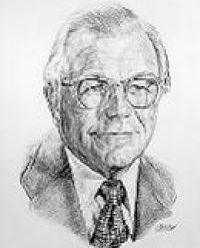
He began working with Peter Hedgewick, president of ITL Industries (International Tool Limited), to develop a cap known as Palm n’ Turn in 1967. The invention was adopted throughout the Windsor area that year, leading to a drop in the incidence of child poisonings of 91%. Childproof containers soon became mandatory throughout the province and eventually throughout North America. Dr. Breault was inducted into the Canadian Medical Hall of Fame in 1997.
GASTRONOMY
As you know, Canada is not recognized worldwide as the cradle of fine cuisine. However, several popular dishes consumed worldwide were prepared here for the first time.
Although we cannot offer you a taste of the diversity of gastronomic inventions, we can at least present them to you. So the next time you taste them, you'll know they come directly from Canada.
Discover 100% Canadian food:
 It’s a staple food for all Canadians. Some can’t imagine a morning without peanut butter. It was invented in 1884 by Montreal pharmacist Marcellus Gilmore Edson who patented it as “Gelatinous Peanut-Flavored Sandwich Enhancing Goo” in 1884.
It’s a staple food for all Canadians. Some can’t imagine a morning without peanut butter. It was invented in 1884 by Montreal pharmacist Marcellus Gilmore Edson who patented it as “Gelatinous Peanut-Flavored Sandwich Enhancing Goo” in 1884.
As the name was not very attractive, its inventor changed it to “Peanut Butter”.
Unfortunately, Marcellus Gilmore Edson died a few years later, alone and penniless.
Today, according to official figures, 94% of Canadians have at least one bottle (or two) at home.
Despite its exotic name, it was invented by a Canadian immigrant. Sam Panopoulos left his native Greece in 1954 to settle in Canada. At that time, pizza was only served in Italian neighbourhoods in Canada and the United States.
The exception was Detroit. Pizza was everywhere and, little by little, it became very popular on the other side of the border, a few metres away in Windsor, Ontario.
Windsor is also on the outskirts of Chatham, where Sam Panopoulos began his new life on Canadian soil in his newly opened Satellite Restaurant.

The pizza of the day was a base topped with tomato sauce, mushrooms, bacon, pepperoni and cheese.
It was while searching through his pantry that he found a box containing pineapple chunks. He opened it, poured the contents into a pizza, put ham in it and voilà, the Hawaiian pizza was born.

That was in 1962, eight years after his arrival in Canada.
Sam Panopoulos died at the age of 82 in June 2017.
His pizza is now served all over the world, with some people hating it and others loving it, like Canada’s Prime Minister Justin Trudeau.

In Canada, what is known as back bacon or peameal bacon is known everywhere as Canadian bacon.
Unlike traditional bacon, which comes from the belly of the pig, Canadian bacon is made from lean, brined pork loins rolled in cornmeal.
At the turn of the last century, Canada exported its pork to England, which was in short supply. At that time, the meat was covered with yellow pea flour to preserve it, but over the years, corn flour started to be used but the name peameal bacon stuck.
Toronto, for example, is famous for its peameal Bacon Sandwiches. The high number of butcher shops working with pork earned Toronto the nickname Hogtown.

In 1534, on his first trip west to what was to become Canada, Jacques Cartier heard about a “juice of good taste and delicacy” that came from a tree cut with an axe by the inhabitants of the land where he had arrived. It was the very first “European written” mention of maple syrup.

Today, Canada is the leading producer and exporter of maple products, accounting for 71% of the international market.
Maple syrup and maple products come from boiling maple sap.
World production of maple syrup and sugar is mainly limited to the sugar maple area, i.e. the hardwood forest covering the Midwestern United States, Ontario, Quebec, New England, New Brunswick, Nova Scotia and Prince Edward Island.
However, British Columbia, Manitoba and Saskatchewan also produce maple syrup.
It is thanks to the province of Quebec that Canada can be proud to have one of the strangest and most typical traditional dishes. Poutine may not look appetizing, but Quebecers love this sticky mess. Even McDonald’s serves poutine in its Canadian restaurants.

A “real” poutine is made with French fries topped with a brown gravy… and lots of cheese curds!
But its origin is (very!) controversial: several cities in Quebec claim to have invented this famous dish in the 1950s. One thing is for sure: poutine was born in rural Quebec over this decade.
The most widespread claim for inventing poutine comes from the small dairy-farming town of Warwick, Québec.
In 1957, Eddy Lainesse, a regular customer, entered the Café Idéal (later renamed Le Lutin qui rit (The Laughing Elf)) in Warwick and asked its owner, Fernand Lachance, to put a handful of cheese curds in a take-out bag of french fries. Lachance reportedly replied “ça va te faire une maudite poutine!” (“That will make a damn mess!”) and that’s it, poutine was born.
“Ca va te faire une maudite poutine!”
The combination has become popular, with customers customizing the dish by adding ketchup or vinegar. In 1963, Lachance began serving the dish on a plate to contain the mess left on his tables. When customers complained that the fries were cooling too quickly on the plate, he sprinkled the fries and curd with sauce to keep them warm.
In this video, CBC takes a look at another origin of the poutine.
Believe it or not, California sushi is a Canadian invention.
When Hidekazu Tojo emigrated to Canada from his native Japan in 1971, sushi restaurants did not exist.
In addition, the average Canadian firmly believed that all fish should be cooked and that algae should remain where they were, in the ocean.
Hidekazu Tojo was confident that sushi would “take root” in Canada. To help the cause, he thought of putting cooked crab inside the sushi to replace the fish and a little avocado. To hide the “terrible seaweed,” he rolled it all up by placing the rice outside. A heresy in Japanese tradition.

This was in 1974. And because avocado was a big hit in California, the sushi created in Vancouver, Canada, was given the name “California Roll”.
We recommend that if you go to Japan, don’t ask for them because the residents of the Land of the Rising Sun will probably be offended.
That said, Chief Tojo received the title of “Goodwill Ambassador” from Japan’s Minister of Agriculture, Forestry and Fisheries. Only 13 people in the world have received such an appointment.
At 67, Hidekazu Tojo works every day at his downtown restaurant “Tojo’s”.
OTHER GOOD IDEAS, ALL CANADIAN

IMAX
Year of invention: 1968
It was in the 1960s that three Canadians commercialized the IMAX projection. At Expo 67 in Montreal, films by directors Graeme Ferguson, Robert Kerr and Roman Kroitor were screened on multiple giant screens and quickly became popular with the general public. Based on this success, they founded IMAX Corporation to perfect the technology and invent invent a new process using a single projector. Unlike conventional projectors, the film runs horizontally so that the image width is greater than the width of the film.
SUPERMAN
Year of invention: 1932Created by Canadian cartoonist Joe Shuster and American writer Jerry Siegel in 1932. In the original version, Superman's alter ego, Clark Kent, works at the Daily Star, which is named after the Toronto Star in a city called Metropolis, modelled after Toronto. And the newspaper building was based on the old Star’s old haunts at 80 King St. W.
The name of the newspaper will later be changed to The Daily Planet.


BASKETBALL
Year of invention: 1891
James Naismith, a native of Almonte, Ontario, invented basketball in 1891 at the YMCA International Training School, now Springfield College, in Springfield, Massachusetts. As a physical education instructor, he created this new sport by taking up a teacher's challenge to develop a game that would keep students active during the winter months. He sought to develop a game that emphasizes skill rather than strength.
THE WALKIE-TALKIE
Invented by Donald L. Hings and Alfred J. Gross in 1942.
Donald Hings, an engineer and inventor, equipped the Canadian and British armed forces with a preliminary version of the portable two-way wireless radio (walkie-talkie) during World War II.
Hings was recognized by the Telecommunications Hall of Fame in 2006 because “his modifications of the two-way radio … which he evolved into the world’s first functional and operational walkie-talkie, saved the lives of thousands of British, Canadian and American troops during the Second World War and helped to usher modern telecommunications technologies into the military”.
Previously, mobile radios were mounted on vehicles and transmitted in Morse code. Hings' model, developed in 1937 while working at Cominco in Trail, British Columbia, was portable and could transmit the human voice over long distances. He called his invention “the packset”.

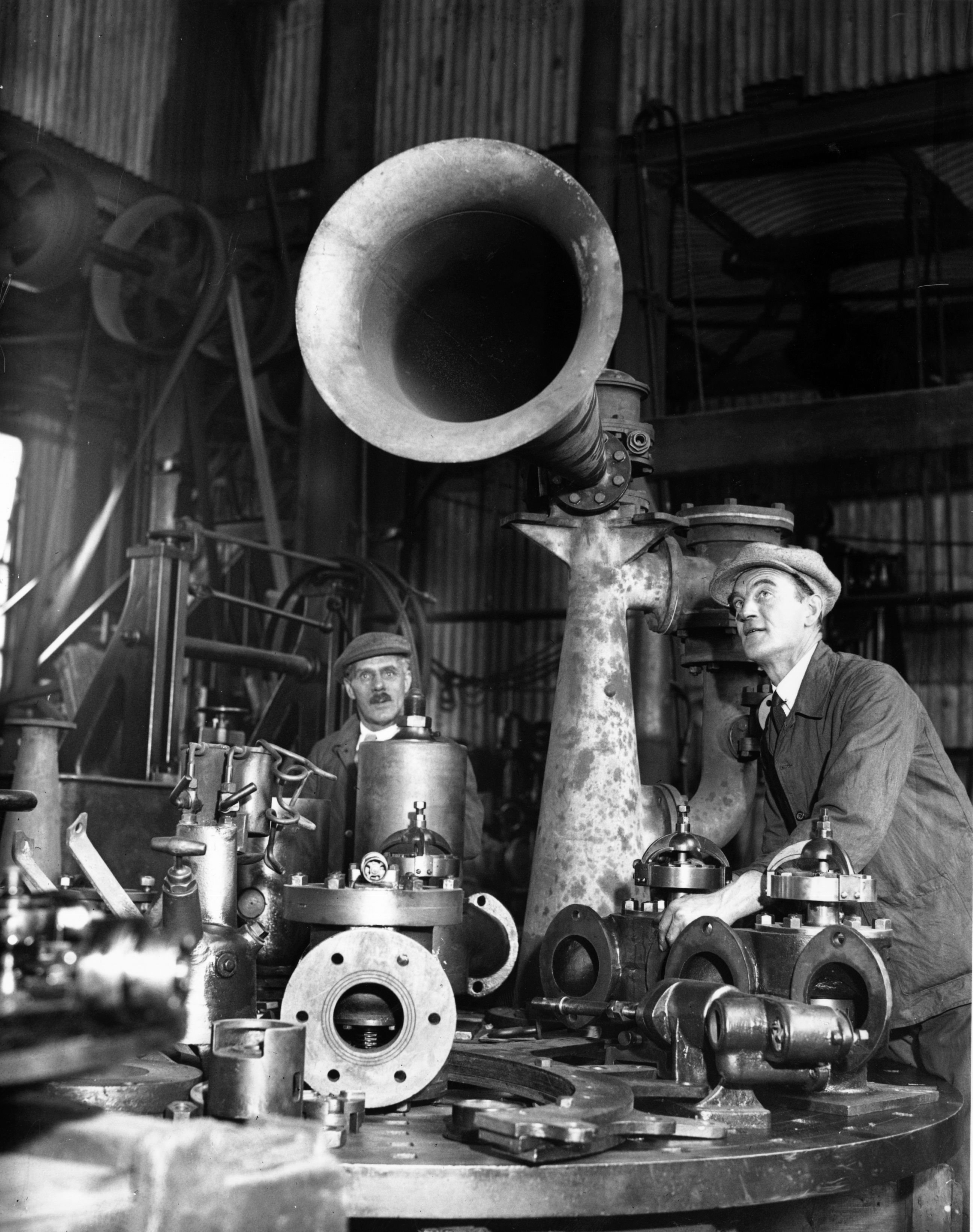
THE STEAM-OPERATED FOGHORN
Invented by Robert Foulis in 1854.
Born in Scotland, he came to Canada as a professional visual artist. However, it is his contributions as an engineer that earned him recognition.
In 1853, Foulis presented his plan for a steam fog whistle to the Lighthouse Commissioners in 1853. A steam alarm was installed on Partridge Island in 1860 but not until a government report recognized Foulis's earlier contribution did he gain recognition as inventor of the world's first steam-operated fog alarm.
He also invented a "Tide Machine" designed to harness the tides of the Bay of Fundy, an "Amphocratic Steam Engine" for use in sawmills, an "Illuminating Gas Apparatus" for making coal and water gas, and a method of telegraphing by means of steam whistles.
HOCKEY GOALIE MASK
Year of invention: 1959
Jacques Plante was a spectacular goaltender with great technical skills. He is famous for the way he got out of the net and back in with incredible technique.
After receiving a puck directly in the face, on November 1, 1959, Plante became the first goalie to wear a mask permanently. At the end of his Hall of Fame career (he was inducted in 1978), which lasted 18 seasons and three decades in the NHL, Plante won six Stanley Cup titles and seven Vezina trophies.
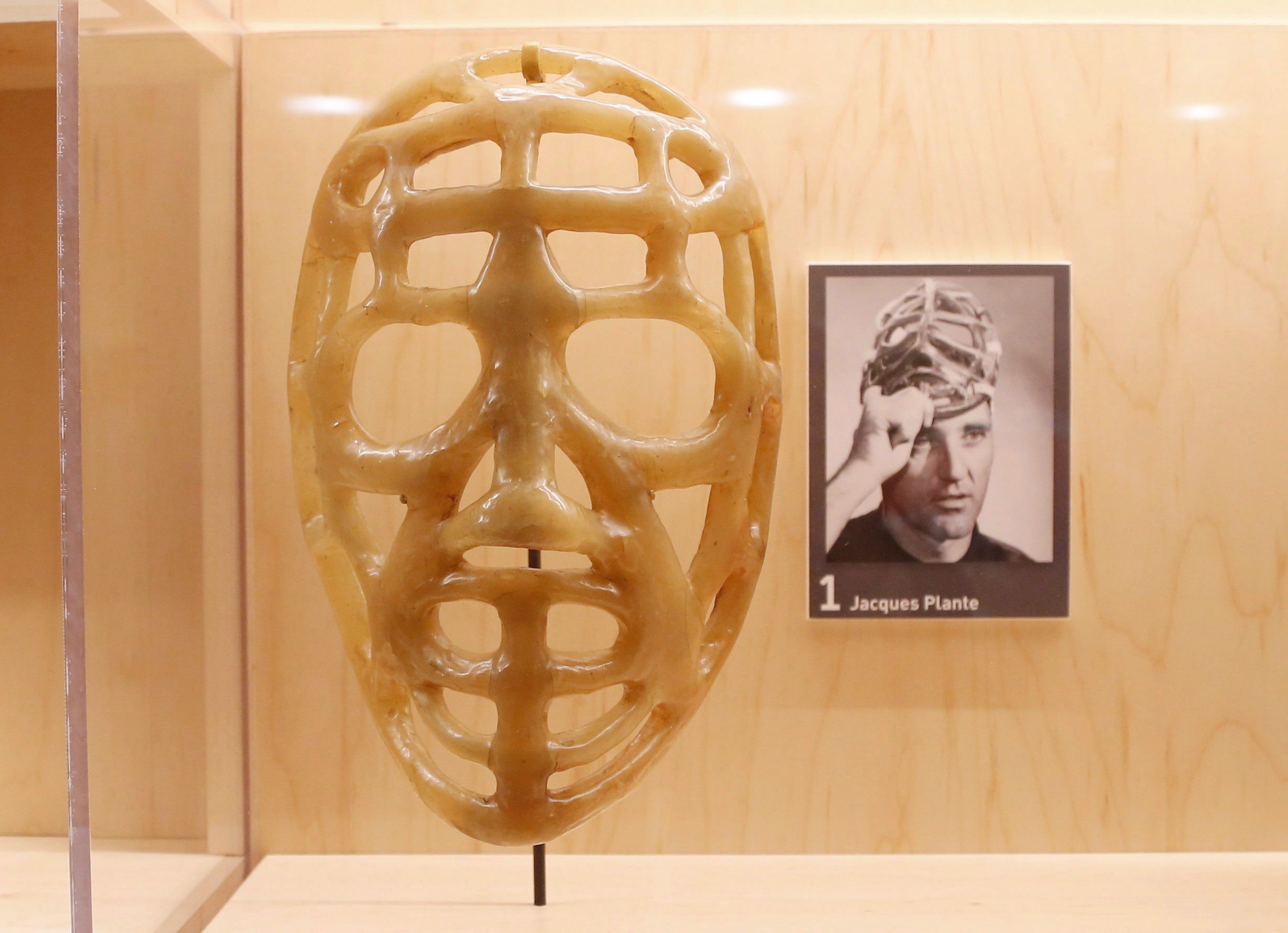
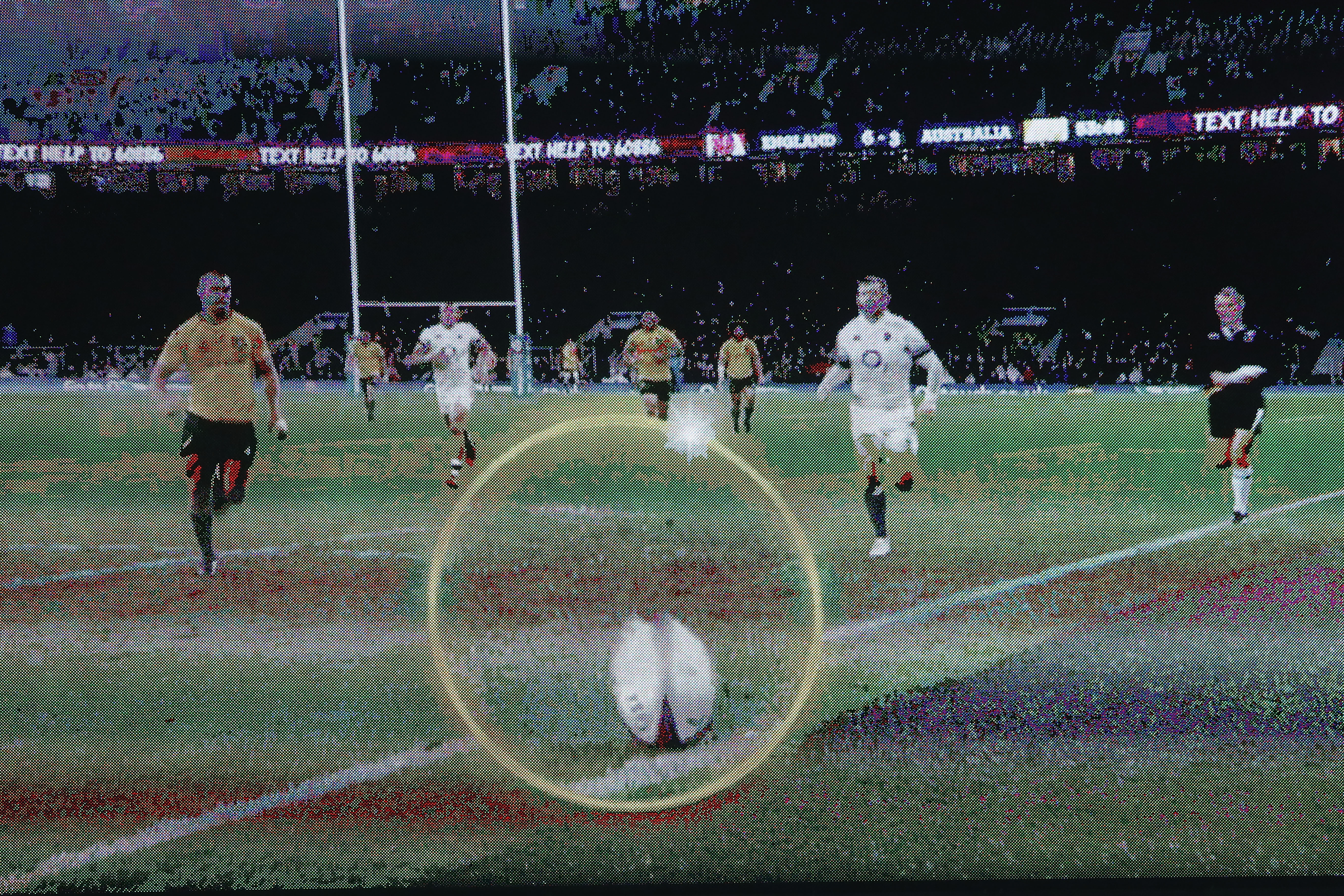
INSTANT REPLAY
Year of invention: 1955
Today it seems to us to be an essential tool for all sports, but before 1955 it did not exist.
This technology was first used in Toronto during the broadcast of the Maple Leafs hockey team games on the Canadian Broadcasting Corporation airwaves in 1955.
And it goes on...
Trivial Pursuit, also known in Quebec French as "Quelques arpents de piège" - created by two colleagues from well-drunk parties Chris Haney and Scott Abbott in 1979.
Pablum - The infant cereal, invented by Frederick Tisdall, Theodore Drake and Allan Brown in 1930.
The alkaline battery - invented by Lewis Urry in 1954.
The garbage bag - by Harry Wasylyk in 1950.
The paint roller - designed by Norman James Breakey.
The Plexiglass - was developed in a laboratory at McGill University in Montreal in 1931, an invention of William Chalmers.
The 56k modem - by Dr. Brent Townshend in 1996.
The Java computer language - James Gosling.
The BlackBerry - Mike Lazaridis.
And, of course, the Canadarm, the remote-controlled robotic arm on the International Space Station, which is one of the inventions of which Canadians are most proud and which is part of Canada's booming space race that will take Canada to the Moon.

IN SPACE - DECEMBER 14: Anchored to the Canadarm2 foot restraint, mission specialist Christer Fuglesang makes the second of three planned space walks during construction on the International Space Station on Day 6 December 14, 2006 in orbit around the Earth. (Photo by NASA via Getty Images)
Finally, lets say that this invention will certainly not mark the history of innovation.
Montreal jeans manufacturer Naked &Famous Denim has marketed $150 jeans with tiny scented capsules inserted into them. Rubbed lightly with the tips of the fingers or the palm of the hand, it emanated a raspberry smell.



